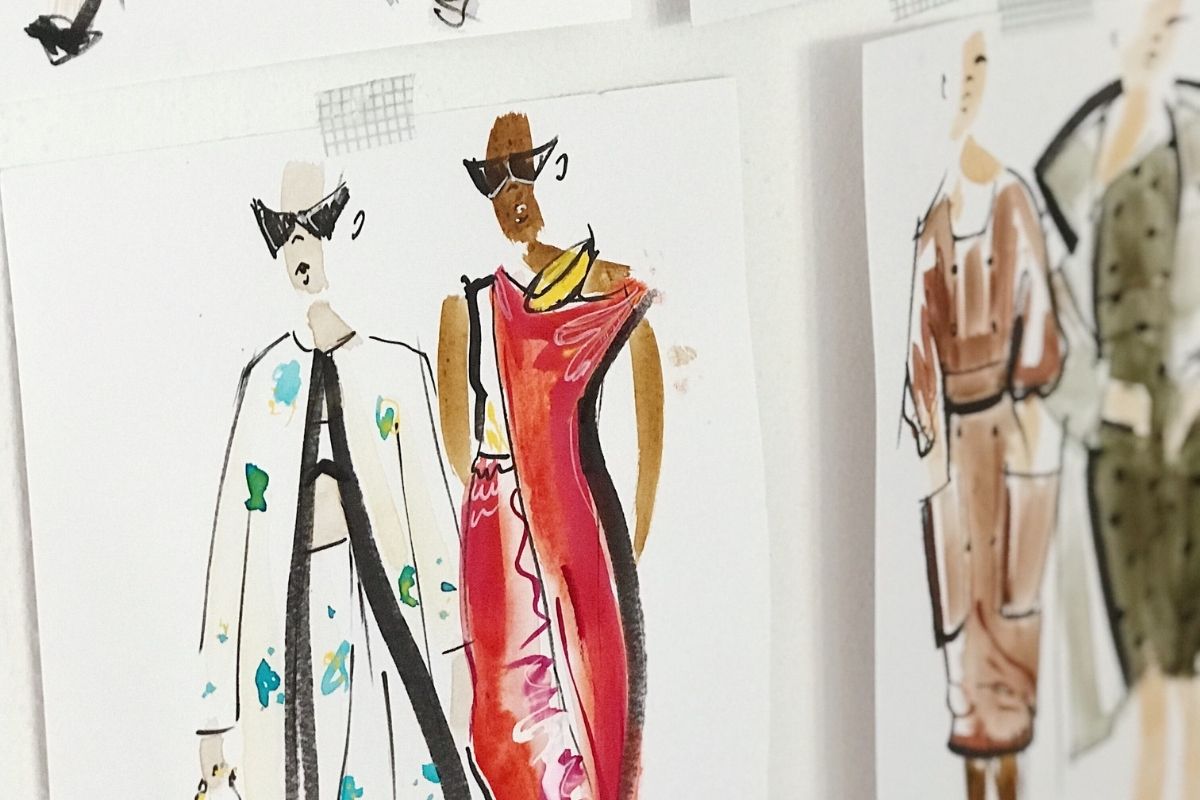Naming the Brand: What do They Hear?: Some Legal Considerations in Naming
What’s in a name? The choice of branding is one that’s fraught with potential pitfalls in fashion business. The eponymous brand means naming the brand after yourself. The world is rife with eponymous brands and some of the biggest brands are named after their designers. Even the great fashion houses of Europe are named after their initial designer.
There’s a precedence for this type of naming, but it also puts the designer in a difficult position once they need investors. Investment comes with degrees of control. If an investor buys into your brand and your brand is Douglas Hand, and you are Douglas Hand, that investor wants 33 percent of the company that holds the trademark Douglas Hand.
Investors will have a lot of input on how the Douglas Hand name is used. You may not agree with those things, but your name is outside of your own control. Now it’s in the control of a constituency that is usually focused on return.
In the 1980s, you had Calvin Klein with his name sewn on really cheap underwear. They made a lot of royalties, but Calvin himself probably wasn’t very happy about it. That is one pitfall of the eponymous brand.
Lawyers and fashion education experts advise clients to come up with something fanciful when deciding on a brand’s name. Why fanciful? You have the benefit of not having to possibly give up the rights to your personal name in the future if you decide to sell your brand.
Another pitfall for names is you can’t choose something that’s purely descriptive. American Apparel, for example, was selling American-made apparel, not the brand. They didn’t have trademark rights until the world recognized American Apparel meant it’s from the Los Angeles-based company run by Dov Charney. It takes a while to build up that name recognition in the mind of the consumer.
